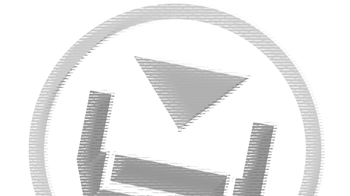What Type of Shelving Do You Need?
If you operate a retail store or you have a stockroom you need to organize, shelving systems are something you are going to need. It is important to take some time to think about your needs before you purchase shelves for retail or any other setting. Different types of shelving have advantages and disadvantages. Here […]
If you operate a retail store or you have a stockroom you need to organize, shelving systems are something you are going to need. It is important to take some time to think about your needs before you purchase shelves for retail or any other setting. Different types of shelving have advantages and disadvantages. Here are the basic types of shelving and the pros and cons for each.
• Wire shelving units. This type of shelving is lightweight and easy to move, which is great if you regularly rearrange your retail displays. Another great thing about stainless steel shelving is that it is waterproof, and will not become damaged by the climate, which makes it ideal for back rooms that may not have climate control (such as warehouses). Wire shelving allows for visibility in store settings, but may create a “busy” look because of the grid-work pattern.
• Metal shelving units. Metal shelving units with solid shelves instead of mesh wire offer many of the advantages of wire shelving, but they are usually heavier and less mobile. They are durable, however, and can hold more weight, which makes them ideal for heavy objects.
• Tempered glass shelves. These shelves are great if you are aiming for an elegant look. They maximize visibility in a shop setting, and reduce the appearance of clutter. The downside is that if dust lands on them, it will be clearly visible, which can make your shop look untidy unless you clean the glass regularly. Glass is also more fragile and may be harder to move, as it is also quite heavy.
• Wood shelving systems. Wood shelving units are yet another way you can create a clean, elegant retail display. Shelves with backs may occlude the view of the rest of the store, though, and in a backroom you may want to think twice before using wood. In a warehouse which isn’t climate controlled, you may have concerns with mold and decay. In a shop, however, wood can be great for creating a warm, inviting effect. Wood is durable and strong, and great for holding heavy objects.
Make a list of what is important to you before you pick out shelves to purchase. What is the purpose of your shelving? What environment will it be in? Does your shelving need to be practical, aesthetically pleasing, or both? Will customers and other members of the public be looking at your shelves, or just stockroom and warehouse workers? How often will you be cleaning the shelves—how important is it to you that they are easy to maintain? How much weight do they need to support?
Take a walk through your shop and storerooms and think carefully over these questions. Getting the right shelves can save you time and hassle, and may even have an impact on your revenue. Along with these types of shelves, consider slatwall and gridwall shelving units to place along your walls. For most businesses, a combination of several different types of shelving will be ideal.


Comments are closed.